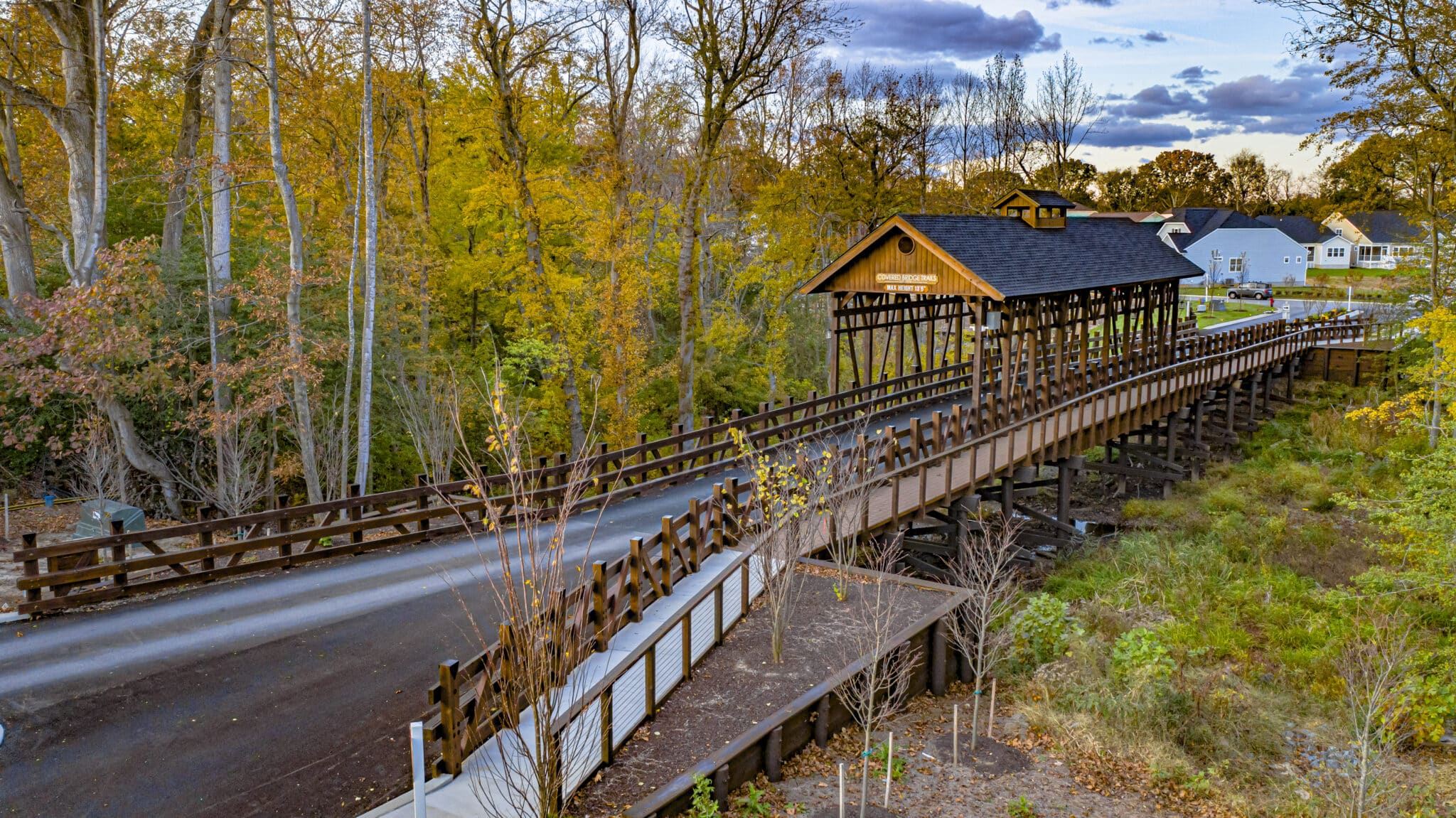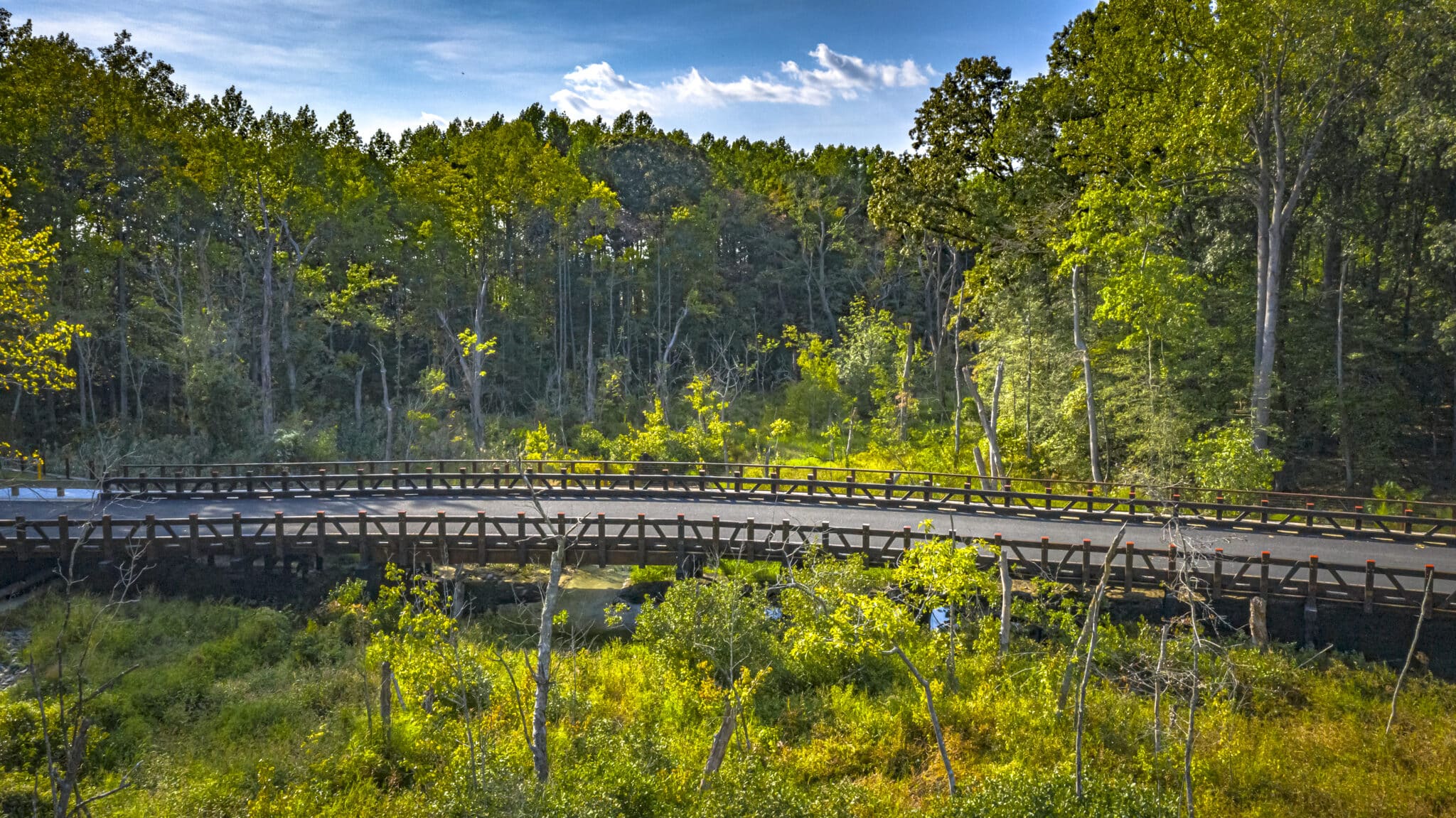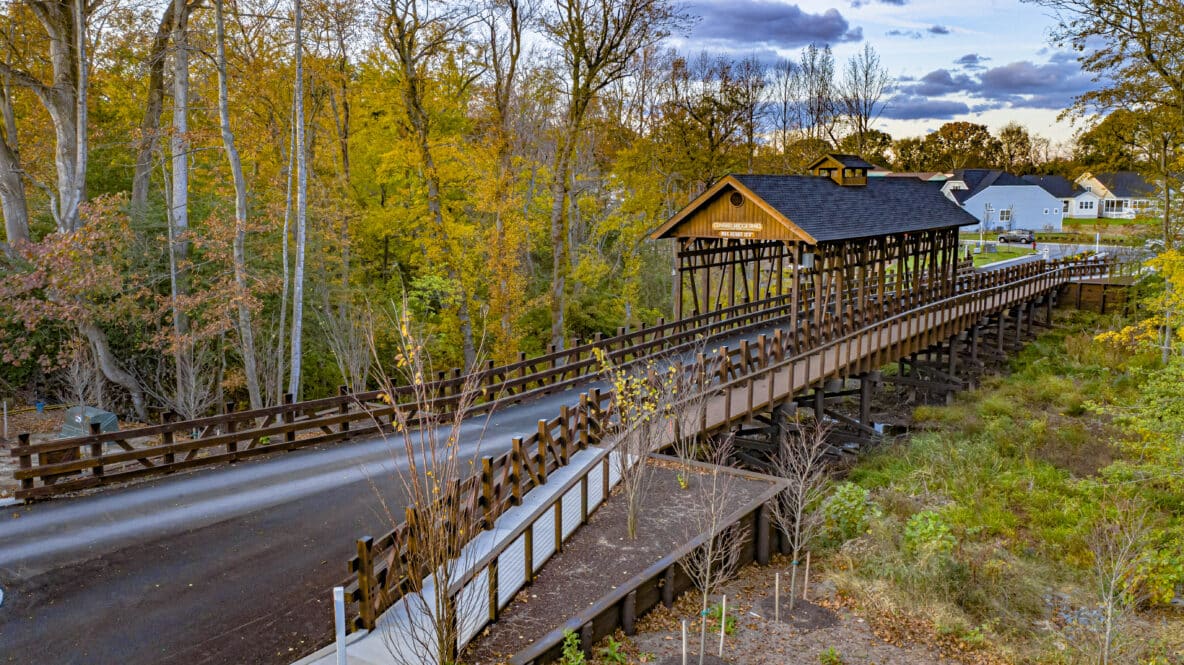
Timber Bridges vs. Traditional Infrastructure in Wetlands: Environmental & Cost Benefits
Constructing bridges in wetland environments requires a careful balance between infrastructure needs and environmental preservation. Wetlands serve as natural flood control systems, provide habitat for diverse wildlife, and filter water contaminants. However, traditional infrastructure materials, such as concrete and steel, can introduce significant ecological disruption and long-term maintenance challenges.
Timber bridges offer a viable alternative, providing both sustainability and cost efficiency while minimizing disturbance to wetland ecosystems. By utilizing modern construction techniques and environmentally friendly materials, timber bridges not only reduce the overall environmental footprint but also offer durability and lower long-term costs. This article explores the advantages of timber bridges over conventional infrastructure, comparing their impact on wetlands in terms of environmental sustainability, financial feasibility, and structural efficency.
The Challenges of Building in Wetlands
Constructing bridges and boardwalks in wetlands poses unique challenges, including:
- Soil Instability: Wetlands have soft, moisture-rich soils that may not support heavy infrastructure without significant reinforcement (USDA Forest Service, 2020)
- Regulatory Compliance: Projects must meet environmental regulations such as the North American Wetlands Act (NAWCA) and U.S. Army Corps of Engineers (USACE) Section 404 Permits (USACE, 2020).
- Flooding and Erosion: Bridges must withstand fluctuating water levels and seasonal flooding (EPA, 2021).
- Habitat Preservation: Infrastructure must minimize disruption to local ecosystems and species (USFWS, 2023).
Environmental benefits of Timber Bridges
Timber bridges offer several environmental advantages over concrete and steel alternatives:
Reduced Carbon Footprint
Timber has a lower embodied carbon footprint than steel or concrete. Wood naturally sequesters carbon dioxide (CO2), helping to offset emissions from construction (Forest Stewardship Council, 2022).
50%
Less Greenhouse Gas Emissions With Timber
Minimal Site Disturbance
Timber bridges are often installed using deck-level (top-down) construction, which minimizes soil disruption by eliminating the need for temporary access roads and extensive excavation (National Park Service, 2021).
In contrast, concrete and steel bridges require heavy machinery and large staging areas, leading to habitat destruction and soil
Natural Integration with The Environment
Timber bridges blend seamlessly into wetland landscapes, preserving the aesthetic and ecological integrity of the area. Unlike steel or concrete, which may introduce toxic runoff from leaching materials, treated timber is designed to be environmentally safe (USDA Forest Service, 2021).
Cost Considerations: Timber vs. Traditional Materials
Timber bridges not only benefit the environment but also offer cost savings in several ways.
Lower Initial Construction Costs
- Timber is lightweight, reducing transportation and installation costs compared to heavy concrete and steel structures (American Wood Council, 2021).
- On-site fabrication allows of quick assembly and able to adjust to site conditions on the fly.
UP TO
50%
COST SAVINGS
Extended Longevity & Reduced Maintenance
- With YBC's Legacy Trim Package our timber bridges have a 75+ year design lifespan with minimal maintenance
- Concrete bridges suffer from cracking and corrosion, requiring costly repairs, especially in wetland environments where high moisture accelerates deterioration (USACE, 2022).
Easier Replacement & Upgrades
- Timber components can be replaced individually without requiring a full bridge overhaul, unlike steel and concrete, which often require costly structural repairs (USDA, 2020).

Case Study: Timber Success In Wetlands
Coastal Club Timber Vehicular Bridge, Lewes, DE
York Bridge Concepts (YBC) successfully implemented a timber HS20-44 vehicular bridge in Lewes, DE, to provide safe access to a second phase of a housing community across protected wetlands.
Project Highlights:
- Utilized Deck-Level Construction to eliminate soil disruption.
- Achieved full compliance with USACE Section 404 permitting.
- Incorporated pressure-treated timber with coatings for a long-term durability and minimal maintenance.
The project resulted in a visually stunning, sustainable, and cost-effective solution that met both environmental and regulatory requirements.
Sustainability Trends In Wetland Infrastructure
As environmental regulations tighten and sustainability becomes a top priority, the demand for timber-based infrastructure is expected to grow. Future trends include:
- Advanced timber treatments to enhance longevity, like thermally modified timber (USDA, 2021).
- Hybrid wood-and-steel designs for added structural resilience while maintaining sustainability (NASF, 2022).
- Smart monitoring systems embedded in timber bridges to track environmental conditions (USGS, 2023).
The Superior Choice: Timber Bridges
When comparing timber bridges with traditional infrastructure in wetlands, timber emerges as the superior choice for sustainability, cost-effectiveness, and ecological harmony. Timber bridges reduce carbon footprints, minimize soil disruption, and offer long-term cost savings. With advancements in wood treatment technology and evolving regulatory support, timber bridges will continue to be a leading solution for wetland infrastructure projects.
American Wood Council. (2021). Sustainable wood in infrastructure. Retrieved from https://www.awc.org/
Environmental Protection Agency (EPA). (2021). Wetlands and infrastructure development. Retrieved from https://www.epa.gov/wetlands
Forest Products Laboratory. (2021). The longevity of timber bridges. Retrieved from https://research.fs.usda.gov/fpl
Forest Stewardship Council (FSC). (2022). Sustainable forestry practices. Retrieved from https://www.fsc.org/
National Association of State Foresters (NASF). (2022). The economic benefits of timber bridges. Retrieved from https://www.stateforesters.org/
National Park Service. (2021). Building boardwalks in protected environments. Retrieved from https://www.nps.gov/
North American Wetlands Conservation Act (NAWCA). (2022). Protecting wetland habitats. Retrieved from https://www.fws.gov/program/north-american-wetlands-conservation
United States Army Corps of Engineers (USACE). (2022). Infrastructure regulations for wetlands. Retrieved from https://www.usace.army.mil/
United States Department of Agriculture (USDA) Forest Service. (2020). The role of wood in sustainable construction. Retrieved from https://www.fs.usda.gov/sites/default/files/fs_media/fs_document/2020-sustainability-report.pdf
United States Fish and Wildlife Service (USFWS). (2023). Conservation efforts for wetland infrastructure. Retrieved from https://www.fws.gov/law/north-american-wetlands-conservation-act
United States Geological Survey (USGS). (2023). The impact of climate on wetland structures. Retrieved from https://www.usgs.gov/
York Bridge Concepts (YBC). (2023). Timber bridge solutions for wetland environments. Retrieved from https://www.ybc.com
Create Your Legacy Today
Discover the intersection of strength, durability, and environmental responsibility with York Bridge Concepts. Let's build a bridge to the future together.

